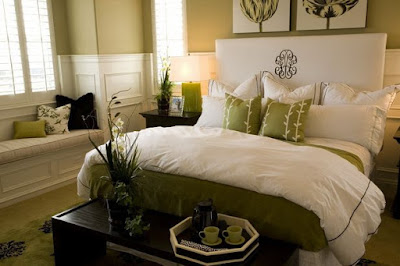How to Soundproof the Bedroom From Outside Noise
Things You'll Need
Seal doors with gaskets, which prevent air and sound from flowing through the cracks between doors and frames. If doors are already tight, install rubber and metal gaskets to fill the small spaces; otherwise, a flat rubber gasket fits larger gaps.
- Gaskets
- Drapes
- Plywood
- Hinges
- Nails
- Hammer
- Polyurethane caulk
- Screwdriver
- Saw
- Fiberglass
Seal the edges of windows with gaskets. Snugly fit drapes over them, or nail pieces of plywood on hinges to act as shutters. The key to ensuring they are effective at soundproofing the room is fitting them tightly into position, without gaps that let in air and noise, such as traffic or noisy neighbors. Remove them during the day to let in light; replace them when you want silence.
If any pipes or other objects penetrate the walls, apply polyurethane caulk around the edges to seal the gaps shut.
Unscrew plates around light switches and other electrical fittings from walls. Seal the plates back in place with gaskets to ensure a tight fit.
Create baffling for vents by sawing narrow slots in a rectangular piece of plywood. Attach fiberglass to the backside in between the slots. Hang this over air ducts to let air escape through the slots, while the fiberglass and plywood take most of the noise.












Comments
Post a Comment